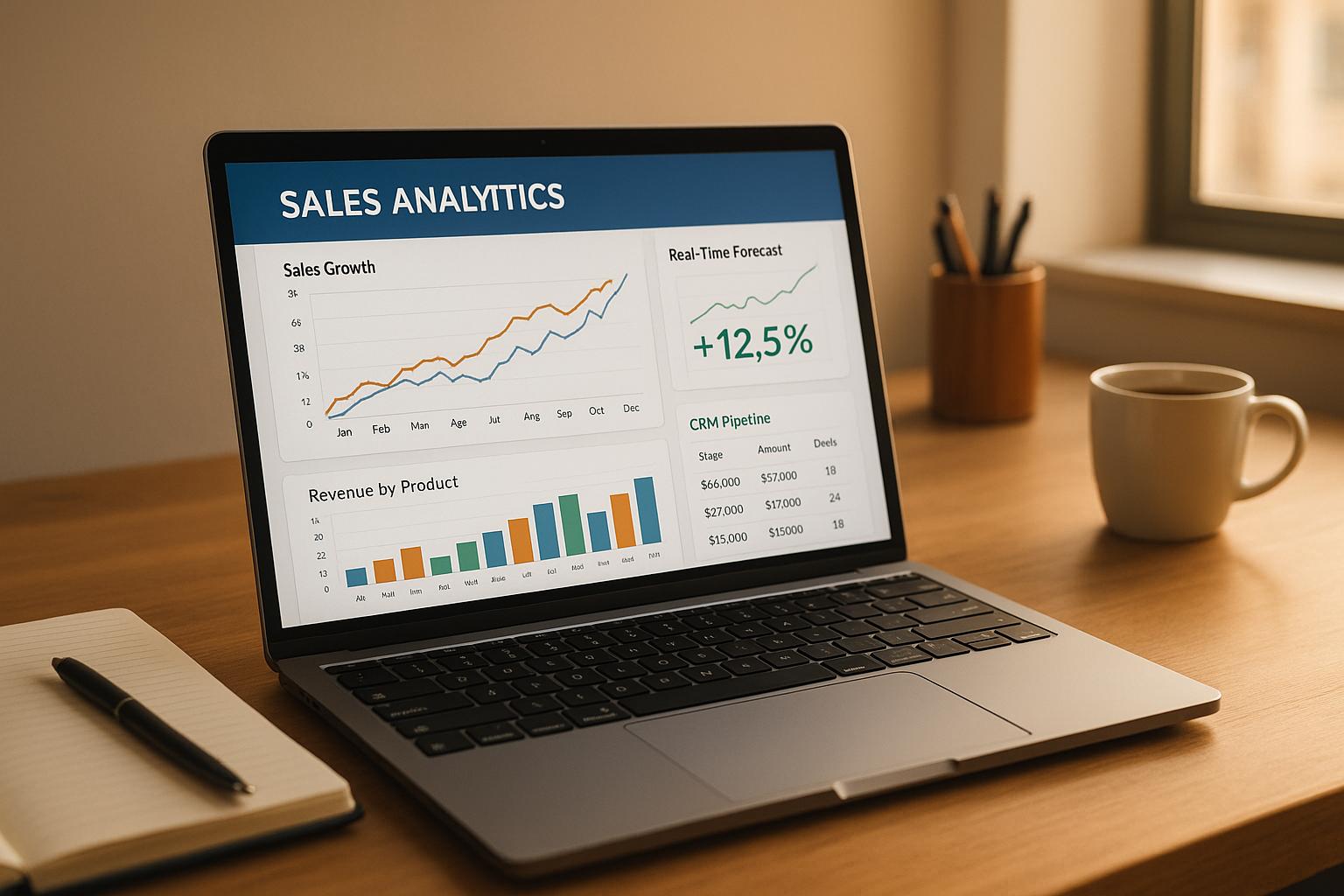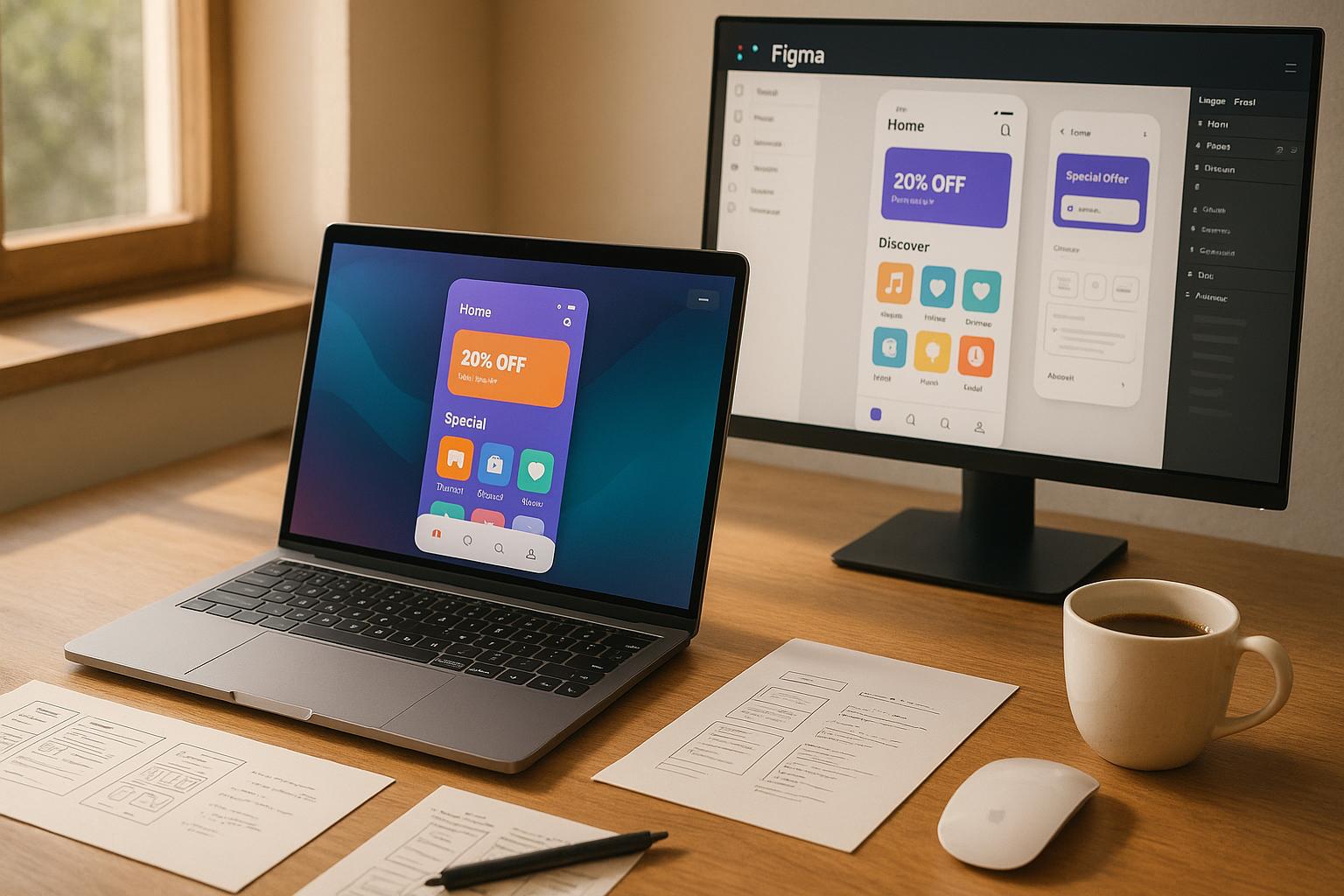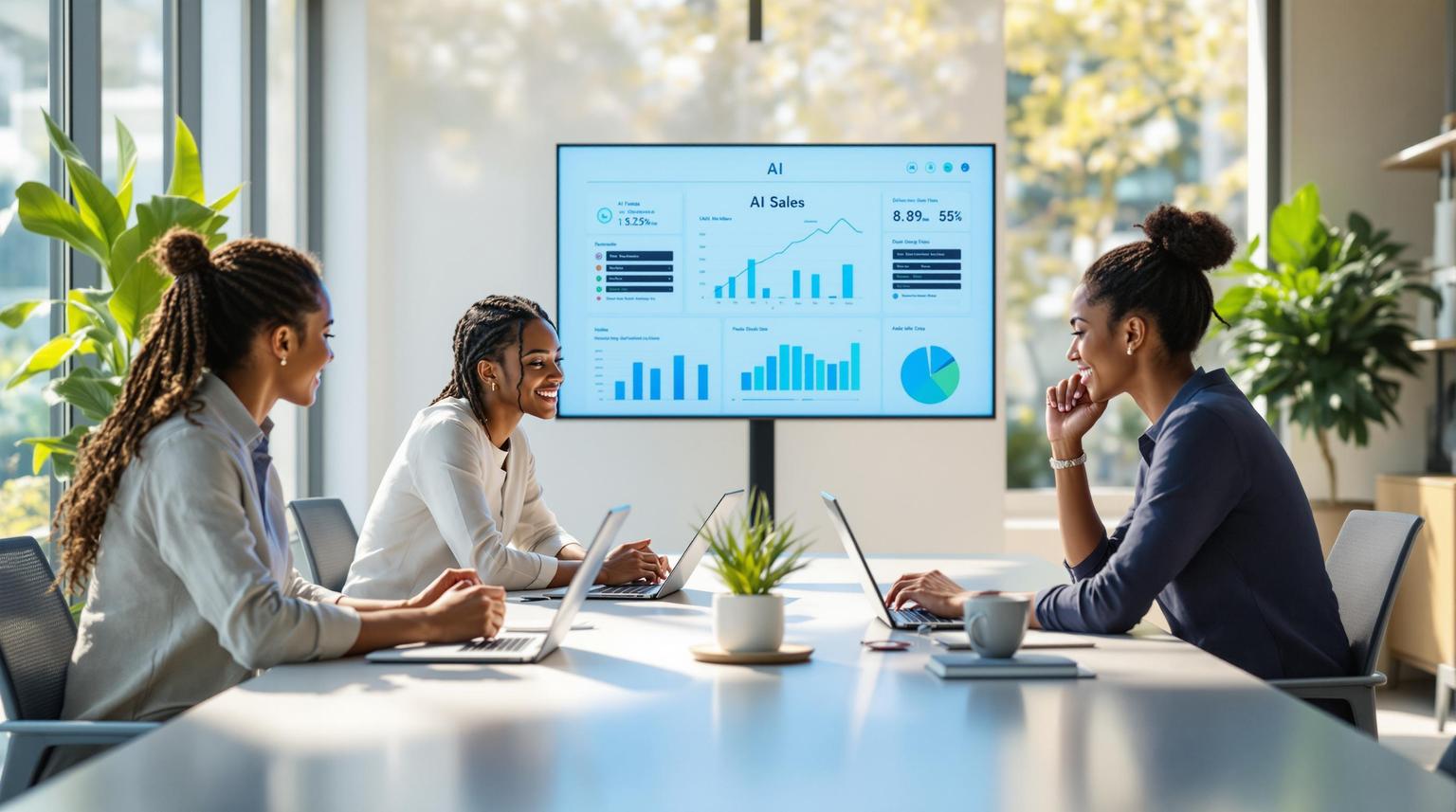AI simplifies cryptocurrency trading for beginners by analyzing market data, identifying trends, and forecasting price changes. Here’s what you need to know:
- How AI Works: It uses machine learning, predictive analytics, and sentiment analysis to process historical prices, social media sentiment, and blockchain activity.
- Why It’s Useful: AI provides easy-to-understand insights, suggests trade timing, and helps beginners make data-driven decisions.
- Getting Started: Platforms like AI Apps offer tools to analyze crypto markets. Start with paper trading, combine AI predictions with your research, and gradually increase investments.
- Strengths and Limits:
- Strengths: Processes large datasets, spots patterns, tracks risks.
- Limits: Can’t predict rare events like regulatory changes or hacks.
AI tools are a helpful guide, but they work best when paired with your own analysis. Start small, stay updated, and use AI as a support tool - not a guarantee.
AI and Crypto: Can Artificial Intelligence Predict the Market?
How AI Makes Price Predictions
AI processes various market inputs to generate actionable cryptocurrency price forecasts using specialized techniques.
Key AI Techniques
AI tools typically use three main methods to analyze cryptocurrency markets and predict price movements:
- Machine learning: Analyzes historical and real-time price and volume data to identify patterns and improve predictions over time.
- Predictive analytics: Utilizes statistical models to estimate future price trends.
- Sentiment analysis: Leverages natural language processing (NLP) to evaluate social media, news, and forums for market sentiment.
Data Sources
AI systems rely on diverse data inputs to build accurate models, including:
- Market charts: Historical and live data on prices and trading volumes.
- Social media and news: Insights from public sentiment and trending headlines.
- On-chain metrics: Data on blockchain transactions and network activity.
These inputs help AI understand market behavior and produce informed predictions.
Understanding AI Predictions
AI tools often provide forecasts with confidence scores. A higher score suggests greater certainty, but predictions should always be treated as just one piece of the puzzle. For beginners, it's a good idea to:
- Cross-check AI predictions with your own research.
- Examine the data and methods behind the forecasts.
- Use AI insights as a guide rather than a guarantee.
Getting Started with AI Price Tools
Now that you understand the basics of AI methods, it’s time to choose and use your first crypto-price prediction tool. The key is to pick one that matches your preferred data sources and prediction approach.
Choosing the Right AI Tool
Focus on tools that analyze market data effectively, provide actionable signals, and align with how you work. Platforms like AI Apps offer filtering options to help you find solutions based on categories and features.
How to Use Your AI Tool
- Browse the Finance category on AI Apps, apply filters, and review the tool summaries to find one that suits your needs.
- Set up the tool by connecting your data feeds, then use it to generate AI-driven insights.
sbb-itb-212c9ea
AI Prediction Tools: Strengths and Limits
What AI Does Well
AI tools excel at processing huge amounts of market data in seconds, revealing patterns that might go unnoticed by humans. They can identify intricate correlations and keep an eye on risk metrics like position sizes and volatility, offering valuable support for risk management strategies.
What AI Cannot Do
AI struggles with predicting rare, unexpected events such as sudden regulatory changes or security breaches. Its forecasts are only as good as the quality and timeliness of the data it processes. Additionally, AI can't replace a trader's ability to assess market psychology or broader economic factors.
Quick Reference: AI Tool Features
| Capability | AI Performance | Human Input Needed |
|---|---|---|
| Data Processing | Handles large datasets quickly | Low – set initial parameters and review outputs |
| Pattern Recognition | Detects complex correlations | Medium – validate signal relevance |
| Risk Tracking | Continuously monitors risk metrics | Medium – define risk tolerance levels |
| Event Analysis | Struggles with black-swan event forecasting | High – interpret news and market context |
Up next, learn how to combine AI insights with your own research for a more effective approach.
Tips for New Users
Once you've selected your AI tool, follow these steps to make smarter trading decisions.
Start with the Basics
Practice with paper trading to explore how AI signals work without risking money. This lets you see how predictions play out in real scenarios. When you're ready, begin trading with small amounts of real money, gradually increasing your positions as you gain confidence.
Pair AI Signals with Your Own Analysis
AI tools aren't perfect and can overlook rare, unpredictable events. To get a clearer picture, compare AI forecasts with economic news and other technical indicators. This approach helps you understand the bigger picture and reduces the risk of depending too much on a single source.
Stay Updated on New Tools
Keep an eye out for updates or new features in AI apps, especially those offering crypto prediction tools. Subscribing to updates ensures you're always working with the latest resources, helping you refine your strategies as you gain more experience.
Summary
AI tools have changed how beginners approach cryptocurrency price predictions, making the process easier and more data-focused. These tools can help turn market data into useful trading insights.
If you're ready to explore AI-driven crypto predictions, check out AI Apps. The platform offers a selection of crypto prediction tools, along with filtering options to find ones suited to your experience level.
To stay updated on new AI tools, subscribe to AI Apps' newsletter. Start with small investments, combine AI insights with your own research, and always verify predictions within the broader market context.
FAQs
What factors affect the accuracy of AI in predicting cryptocurrency prices?
The accuracy of AI in predicting cryptocurrency prices depends on several key factors:
- Data quality and volume: AI models rely on vast amounts of accurate and up-to-date data, including historical price trends, trading volumes, and market sentiment.
- Algorithm sophistication: Advanced algorithms, such as machine learning and deep learning, can identify patterns and make predictions more effectively than simpler models.
- Market volatility: Cryptocurrency markets are highly volatile, and sudden changes or unforeseen events can reduce prediction accuracy, even for the most advanced AI systems.
While AI tools can provide valuable insights, it’s important to remember that no prediction method is foolproof. Always combine AI analysis with your own research and risk management strategies.
How can I combine AI predictions with my own research to improve crypto trading results?
To achieve better trading results, blend AI-generated predictions with your own market research. AI tools can analyze vast amounts of data to identify trends and patterns, but it's essential to verify their insights by considering factors like market news, historical performance, and your personal strategy.
By combining AI insights with your research, you can make more informed decisions while reducing emotional biases. Remember, no tool or strategy guarantees success, so always proceed cautiously and assess risks carefully.
What should I consider when selecting an AI tool for predicting cryptocurrency prices?
When choosing an AI tool for cryptocurrency price predictions, it’s important to carefully evaluate its features and reliability. Look for tools that provide transparent information about their data sources, algorithms, and performance metrics. This helps ensure the predictions are based on accurate and up-to-date information.
Additionally, prioritize tools that have been thoroughly reviewed or verified for functionality and accuracy. Platforms that curate and vet AI tools can be particularly helpful in identifying trustworthy options. Always remember that no AI tool can guarantee 100% accurate predictions, so use them as a guide alongside your own research and analysis.



